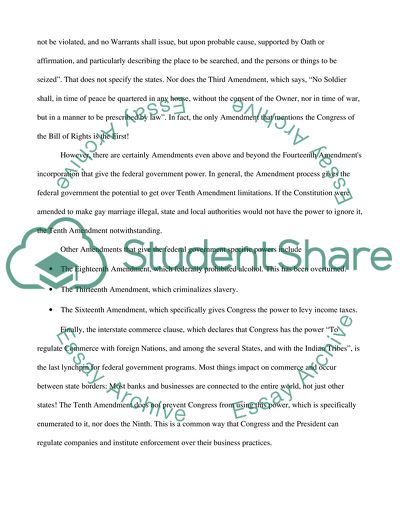Cite this document
(Tenth Amendment and Constitutional Interpretation Research Paper, n.d.)
Tenth Amendment and Constitutional Interpretation Research Paper. Retrieved from https://studentshare.org/law/1746682-tenth-amendment-as-limitation-on-federal-power
Tenth Amendment and Constitutional Interpretation Research Paper. Retrieved from https://studentshare.org/law/1746682-tenth-amendment-as-limitation-on-federal-power
(Tenth Amendment and Constitutional Interpretation Research Paper)
Tenth Amendment and Constitutional Interpretation Research Paper. https://studentshare.org/law/1746682-tenth-amendment-as-limitation-on-federal-power.
Tenth Amendment and Constitutional Interpretation Research Paper. https://studentshare.org/law/1746682-tenth-amendment-as-limitation-on-federal-power.
“Tenth Amendment and Constitutional Interpretation Research Paper”, n.d. https://studentshare.org/law/1746682-tenth-amendment-as-limitation-on-federal-power.


